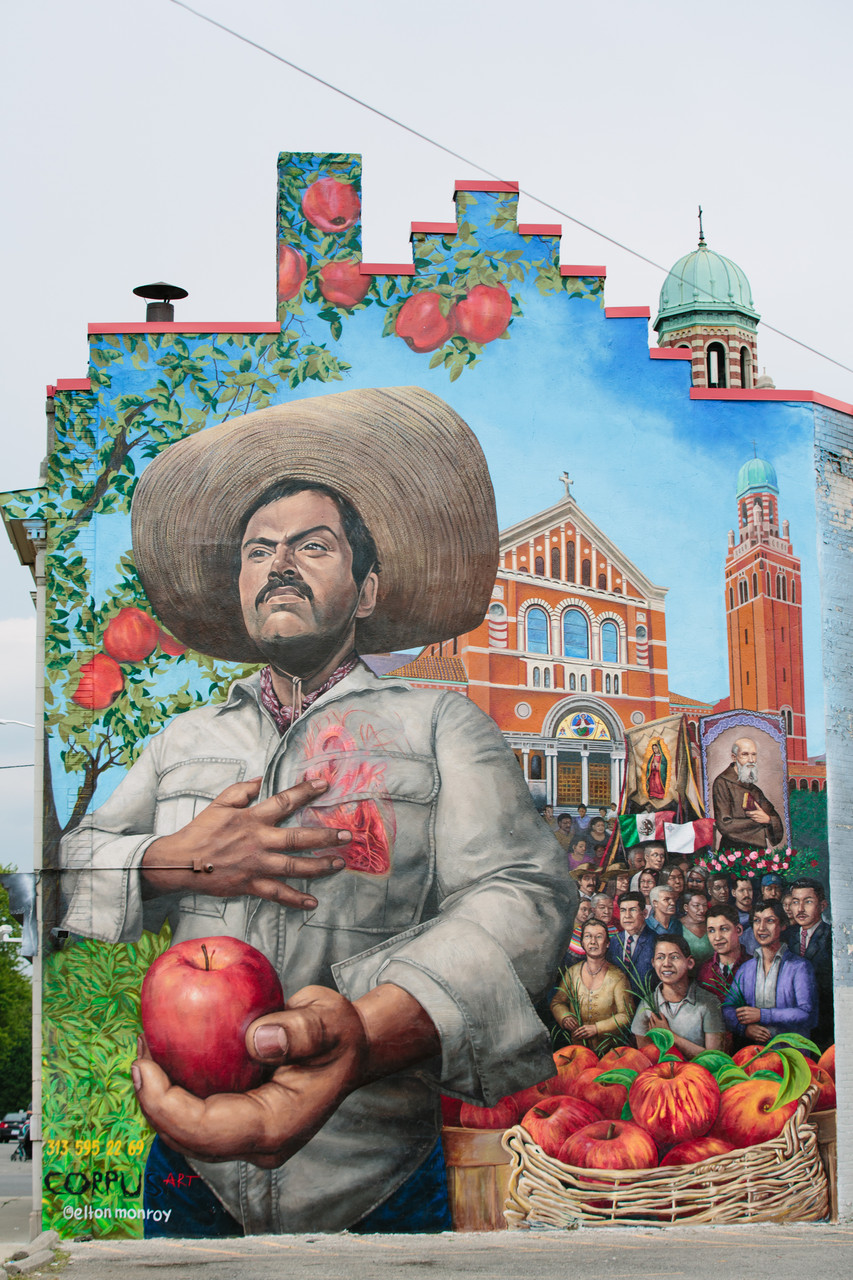
Busy Streets Theory and Public Art
By Skyla Chitwood, BS and Haley Crimmins, MPH.
The UM National Endowment for the Arts (NEA) Research Lab has begun a study to better establish a link between public art and firearm injury prevention. A pilot study conducted by the University of Michigan previously established a database of public art installations across the city of Detroit, Michigan and has preliminary evidence supporting the hypothesis that public art can benefit communities by reducing firearm-related police incidents. At the center of this research is the implementation of the Busy Streets Theory, which attests that unkempt, vacant neighborhood lots are associated with higher levels of depression, anxiety, and stress, which in turn can lead to higher levels of community violence in these areas.1 Well-kept neighborhoods with higher levels of community engagement saw 40% fewer assaults and violent crimes than neighborhoods with several empty lots and overgrown grass, shrubs, and broken pavements and buildings.2 Public art installations in Detroit include a wide variety of forms (murals, sculptures, community parks, gardens, repurposed memorabilia) that convey several different uplifting messages specific and non-specific to the community they reside in. Utilizing police incident data from the city of Detroit and our public art database, the team hopes to analyze the reduction of firearm-related injuries in areas where these public art installations exist, while simultaneously creating community-oriented deliverables and commissioning two new public art installations for the Detroit community residents.
References:
- Heinze, J. E., Krusky‐Morey, A., Vagi, K. J., Reischl, T. M., Franzen, S., Pruett, N. K., … & Zimmerman, M. A. (2018). Busy streets theory: The effects of community‐engaged greening on violence. American journal of community psychology, 62(1-2), 101-109
- Ibid.
